LONDON — A machine learning model designed to predict inpatient hypoglycemic events using only capillary blood glucose (CBG) showed excellent performance, according to results of an artificial intelligence study.
In a separate analysis, researchers used the model to assess the relative importance of different glycemic features in predicting inpatient hypoglycemia, concluding that extreme and variable CBG measurements had the greatest prognostic value.
Chris Sainsbury, MD, consultant in diabetes and endocrinology at Gartnavel General Hospital in Glasgow, Scotland, presented the results at this year's Diabetes UK Professional Conference (DUKPC) 2024, alongside his hospital colleagues Greg Jones, MD, diabetes consultant, and Deborah Morrison, MD, a general practitioner with diabetes specialist training.
"We've shown the model has very good predictive power for hypoglycemic events," Sainsbury told Medscape Medical News. "Now, we need to show that staff can act on these alerts efficiently and that this will translate into significant clinical impact."
The model's accuracy in predicting a hypoglycemic event was assessed using the area under the receiver operating characteristic curve. The model produced a number between zero and one, which predicted the patient's risk of having a hypoglycemic event in the next 24 hours and was shown to increase to a maximum at day 7.
"It increased from around 0.78 at day 2 to 0.85 at day 7 and then stayed at around 0.85 out to day 31, with increasing confidence intervals as the number of admissions of each duration reduces," Sainsbury said.
The model is designed for use in hospitalized patients by assessing CBG measurements only. In comparison, other models rely on a variety of clinical data drawn from electronic hospital records, adding a level of complexity that limits their utility and transferability between different hospital settings.
Challenge of Inpatient Hypoglycemia Management
"Inpatient hypoglycemia is a major problem in people with diabetes, mostly in patients on insulin or sulfonylureas. Across an inpatient stay, people may change their eating patterns, and this can lead to hypoglycemic events," explained Sainsbury.
Inpatient hypoglycemic events are associated with patient morbidity and mortality.
"Inpatient hypos are not just an inconvenience, as previously thought, they are an outcome that we really need to prevent as a primary aim of therapy," he stressed, noting that at any one time, around one quarter of the beds in his hospital were occupied by patients with diabetes.
"If you happen to be an inpatient on a diabetes ward and have a hypo event, the staff know what to do, but many are on other wards where such events are far less common. Along with all the other pressures on a ward, this often means staff are not necessarily ready to deal with it directly."
Ideally, Sainsbury and his colleagues would like to be able to flag patients at risk for a hypoglycemic event and attend to them preemptively.
"This would also help prevent secondary events, which are more likely if the patient has a hypo or even a hyperglycemic event the day before," he noted.
Building the Machine Learning Model
In training their model, Sainsbury and colleagues first had to consider whether to use CBG data alone or in combination with other clinical data. They chose inpatient CBG measures for reasons of transferability but also because they are transmitted in real-time, via Wi-Fi, to patient records.
They retrospectively analyzed data (259,274 patients) obtained between 2009 and 2022 from the National Health Service (NHS) Greater Glasgow and Clyde region. This, in turn, generated nearly 5 million rows of CBG information. Internal validation was determined on a separate data set of 70,353 patients.
Multiple versions of the XGBoost, a decision-tree-based machine learning model, were trained to predict the probability of a hypoglycemic event, defined as a CBG < 4 mmol/L, occurring between days 2 and 31 of admission.
A range of characteristics of the CBG data was analyzed for each day of admission and used to predict the risk for a hypoglycemic event. Characteristics included maximum and minimum CBG levels by day of admission, number of tests performed, and the age and sex of patients.
The researchers also investigated which characteristics had the greatest impact on generating a prediction. For example, if on day 1 of admission the patient's CBG value was < 4 mmol/L, then the decision would follow one path vs another if the CBG was < 3 mmol/L, explained Sainsbury.
Sainsbury and his colleagues then went on to successfully validate the model, first by using internal data from their hospital and then using data from a similar patient cohort in Edinburgh to confirm that using CBG values alone was transferable.
Identifying the Most Predictive Characteristics
A second poster, based on the same data and model, presented an analysis of which specific CBG data characteristics were most instrumental in predicting hypoglycemia.
"In clinical terms, understanding which particular features predict risk of a hypoglycemic event is actually very useful, and there might be an option to consider targeting individuals with these features to prevent hypoglycemic events in the future," Sainsbury remarked.
Age was found to be the most impactful characteristic on day 1 of admission. By day 7, the most impactful characteristics were minimum CBG in the 48 hours prior to the alert, glycemic variability, and the trend for blood glucose over the preceding 24 hours.
"This poster shows us things that are important early in a patient's hospital admission are less so further into the hospital stay," Sainsbury pointed out. "This makes sense because when a patient is first admitted, they're usually very sick, and after a few days in hospital, they should be starting to recover. As such, the patient's physiology will change over this time, and their CBG values and associated features will reflect that, having different impacts on the additional risk."
If implemented in clinical practice, this model would alert staff to possible hypoglycemia events, who could then attend with preventative action. The researchers plan to initially trial the model in diabetes wards and later in non-diabetes wards to assess its real-world application. Sainsbury wants to compare the tool's application across three hospitals, each with different levels of intervention.
"We hope we can then make changes in a protocol-driven way — for example, we'll reduce the insulin or the sulfonylurea dose and then see what happens to the incidence of hypoglycemia."
Longer term, Sainsbury and colleagues intend to develop a just-in-time education intervention delivered via a smartphone app or other means.
"A staff member would not only receive the hypoglycemia prediction, but they'd also receive instructions around how to minimize that event happening."
Commenting on the work, Gerry Rayman, FRCP, MBE, consultant diabetologist at Ipswich Hospital and diabetes lead for the NHS's Getting It Right First Time program, welcomed the research's possible impact on managing hypoglycemia in inpatient care.
"Approximately one in five people with diabetes will experience a mild hypoglycemic event, and one in 50 have an event severe enough to require urgent injectable rescue treatment. Inpatient hypoglycemia is associated with an increased length of stay and an increased mortality. It is thus essential to prevent this unpleasant and often frightening complication," he told Medscape Medical News.
"The ability to predict those people at risk at an early stage using only capillary blood glucose data will be immensely valuable to clinical staff, and we look forward to seeing more data on the outcomes when this innovative tool is used in practice."
Sainsbury declared he is clinical AI lead for MyWay Digital Health (a University of Dundee spin-out company). Rayman declared no relevant disclosures.

.webp) 1 week ago
13
1 week ago
13





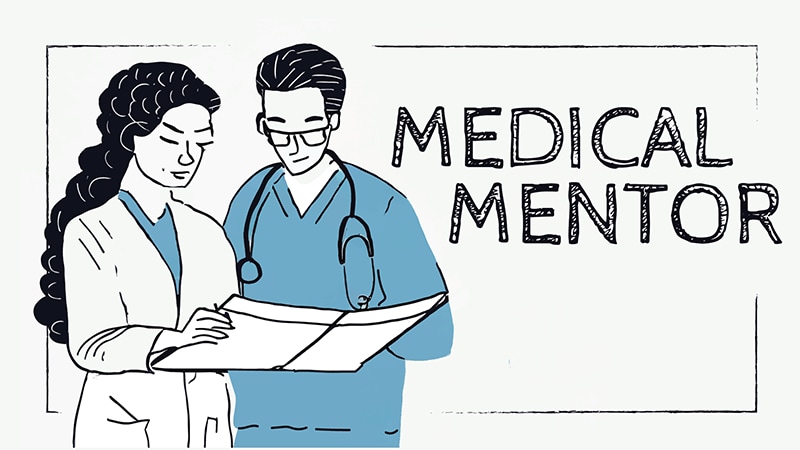
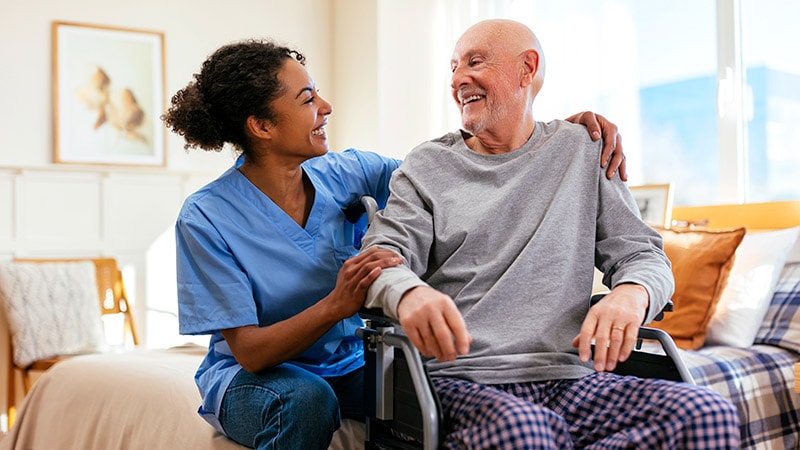

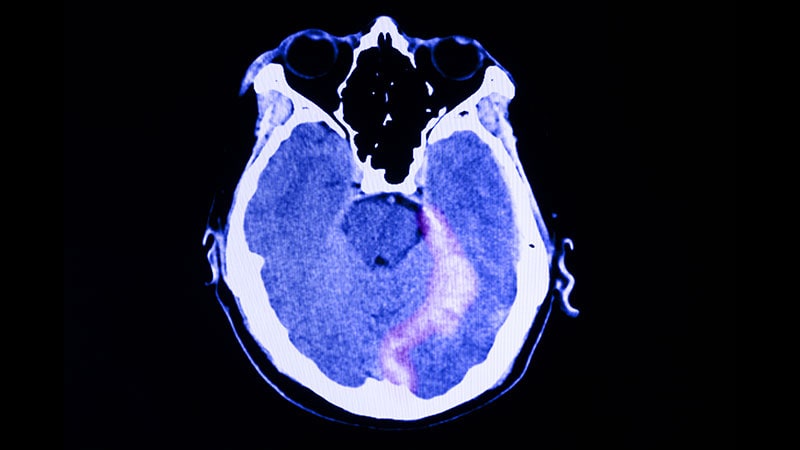
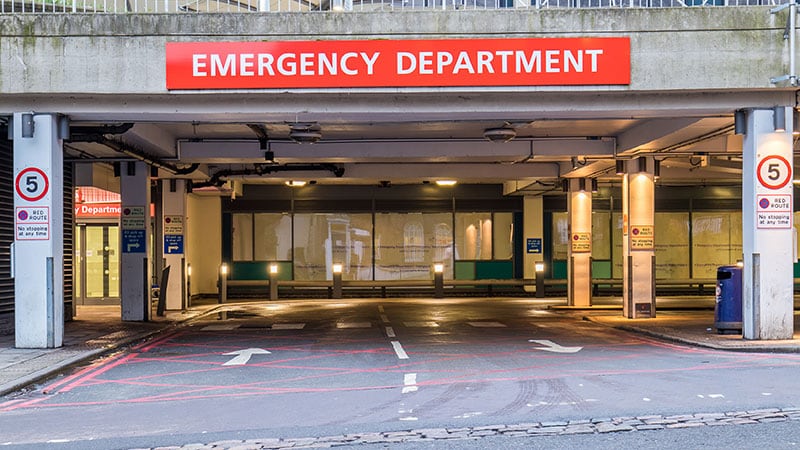

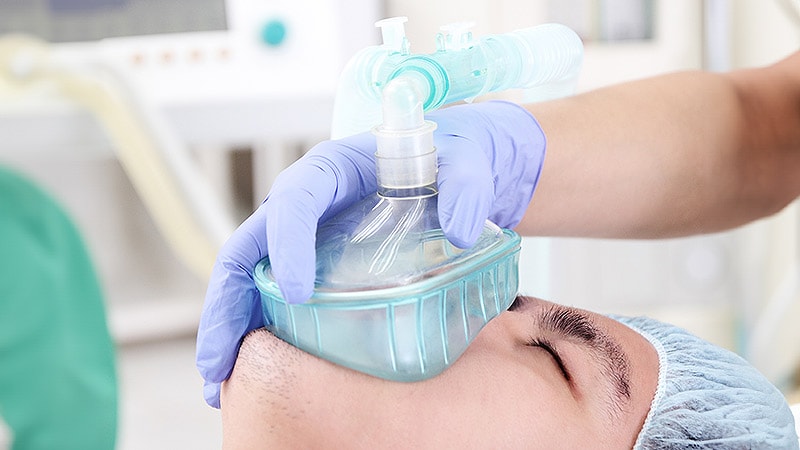














 English (US)
English (US)